For years now we have thought the lionfish invasion in the Western Atlantic would stay in a range confined by the cold waters of New England to the North and the freshwater outflow of the Orinoco and Amazon Rivers to the south just below Venezuela. It was believed that the large volume of freshwater flowing out of the massive rivers along with the northward drifting current along South America’s East coast would prevent the lionfish and their larva from migrating south to Brazil. We’re now over 30 years into this lionfish invasion and for the last decade we have witnessed the incredible spread of these voracious eaters that are native to the Indo-Pacific oceans. This southern boundary of freshwater had been believed to be effective at stopping their southern spread, but alas the lionfish has breached the protective firewall and are now threatening the fragile ecosystems of Brazil’s coastal islands and reefs.
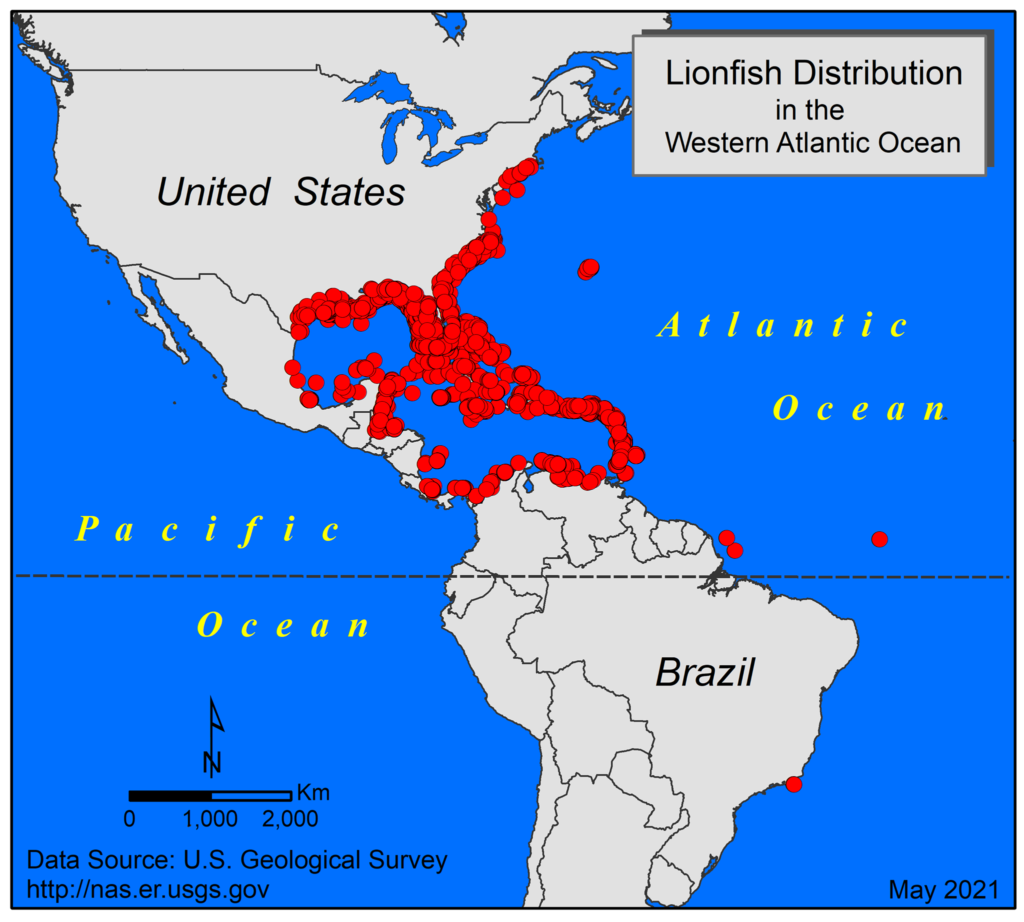
Now in a recent paper published about the appearance of lionfish off of Brazil scientists confirm four reports of lionfish along the coast and provide a better understanding of how the lionfish have breached what was once thought a protective barrier. 2 of the venomous lionfish were found on deep mesophotic reefs off the coast and a third was found in the Fernando de Noronha Archipelago around 200 miles off the country’s northeastern coast. Scientists believe that the lionfish probably migrated south around the freshwater flow by sticking to the deep-water mesophotic reefs and staying below the low-salinity water on the surface. Although they are not great swimmers nor are they known for travelling long distances (lionfish tend to have strong site fidelity), scientists believe it’s possible that they were able to make a slow migration on these mesophotic reefs.
The lionfish found in the Fernando de Noronha Archipelago is more worrying however, as that island group is 200 miles offshore. It’s possible that particular lionfish arrived as larva on normal ocean currents from the Caribbean. This is especially troubling as the Fernando de Noronha Archipelago is loaded with native fish that are found only in that island group and nowhere else on Earth, so they are especially vulnerable to predation from the invasive lionfish. It will be critical for divers and spearfishermen in Brazil to now start looking for and removing these invaders as soon as possible and with serious intent. We’ve shown in the U.S. and around the Caribbean that we can make a significant difference in the population just through determined divers armed with polespears and a taste for the delicious white flaky meat of the lionfish.
The video below shows divers removing the lionfish found in Fernando de Noronha.
Video credit to Paradise Divers Fernando de Noronha and Eurekalert.org


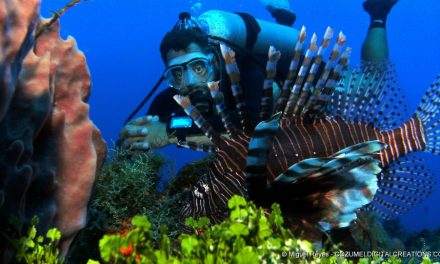
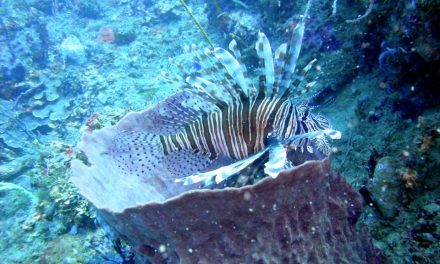

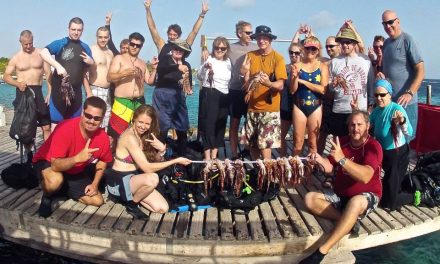
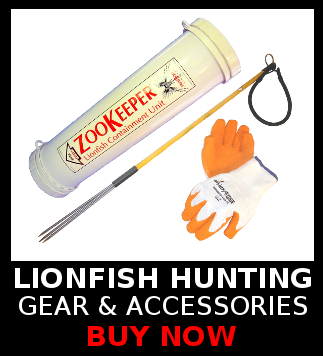
Recent Comments